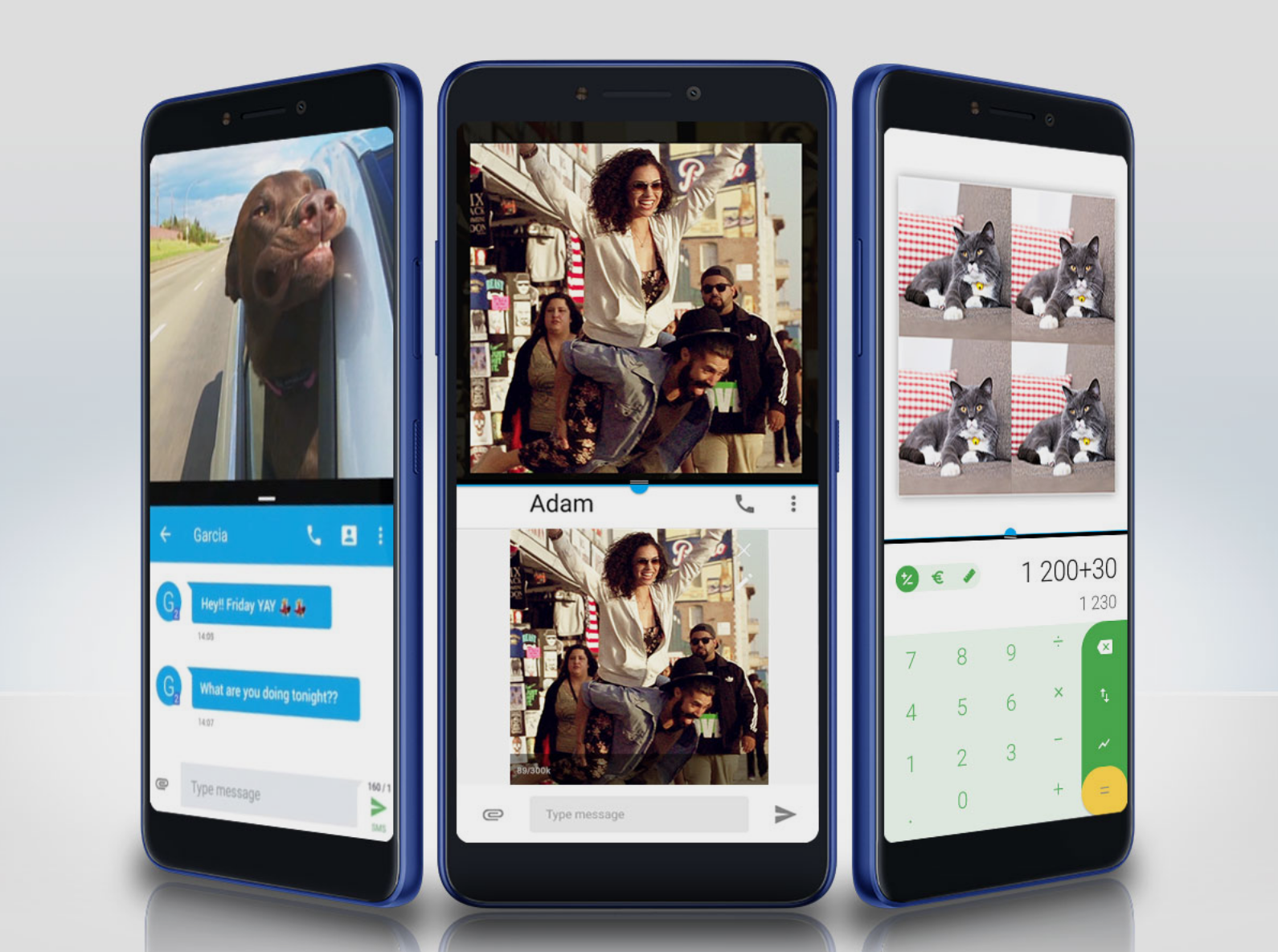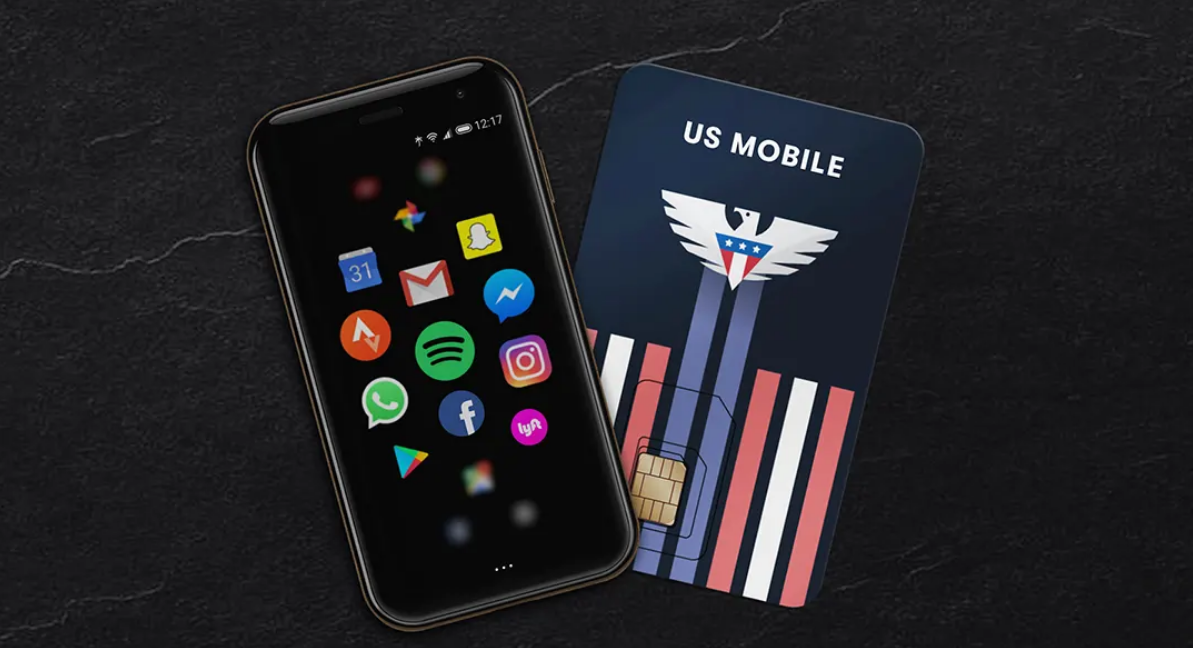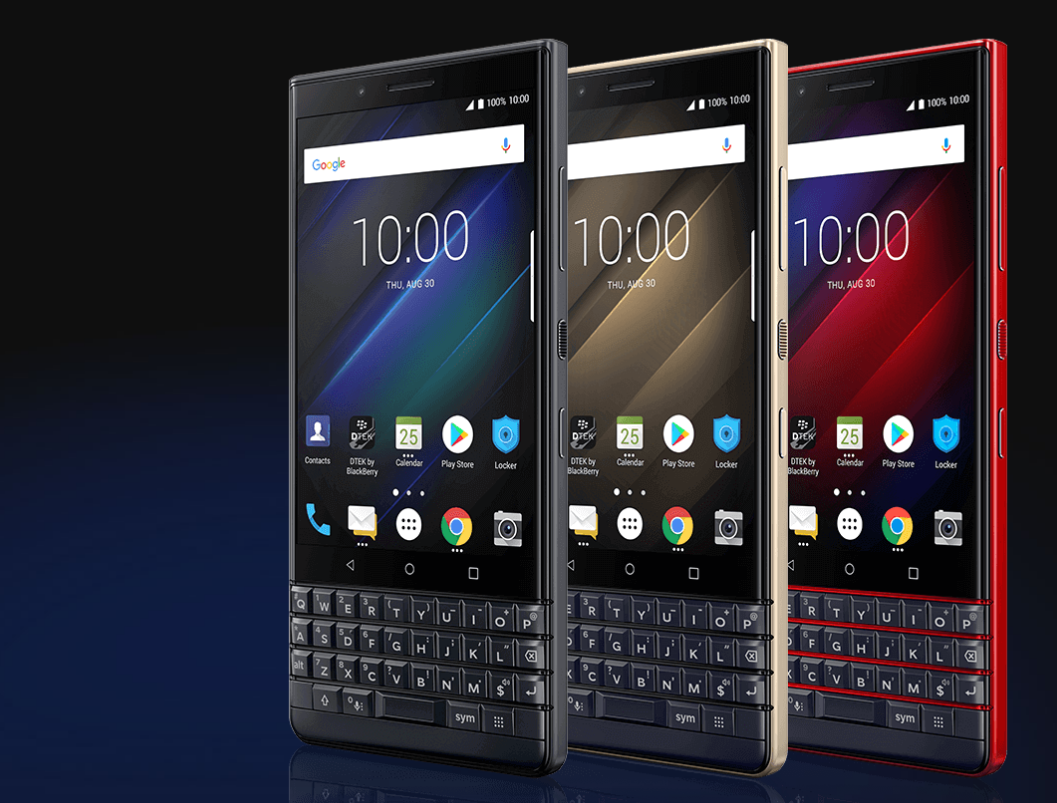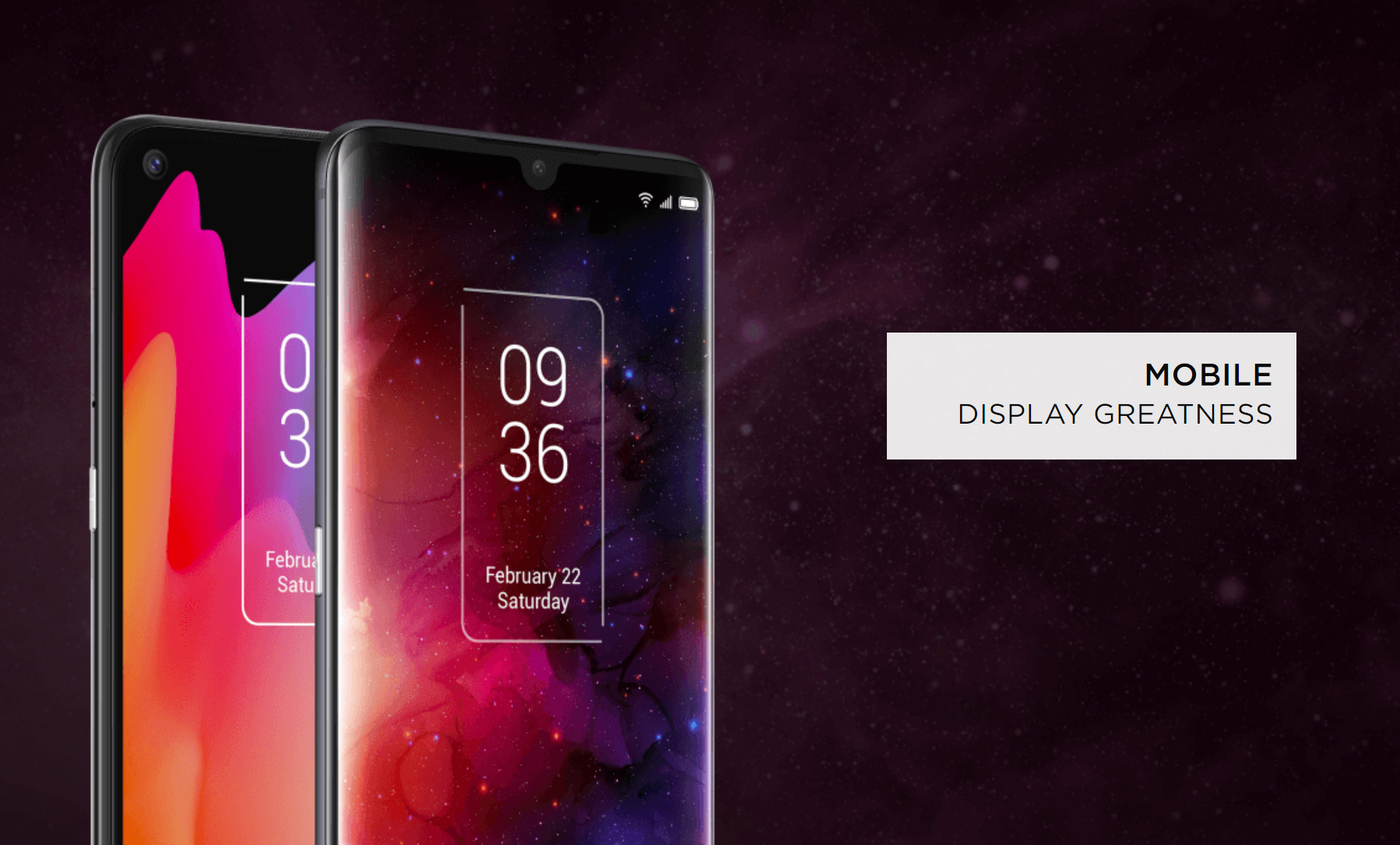A history of TCL's entry into smartphones

TCL Electronics has been producing high quality electronics for years, and has become a highly-respected name in the industry. Most people nowadays know it for its first-class Roku televisions, but TCL also produces everything from air conditioners, washing machines and everything between. In fact, if you own anything electronic, there’s a solid chance that it was created by TCL.
Amongst TCL’s various products, the company’s smartphones in particular have garnered much attention over the years. Here’s a look at the history behind TCL’s past ventures in the smartphone market, how they are continuing to develop presently, and why TCL’s future in the business looks bright.
Partnership with Alcatel

TCL’s journey into the mobile scene began in August of 2004, when the company launched a joint venture with global telecommunications company Alcatel titled Alcatel Mobile Phones. The devices created under Alcatel Mobile Phones are named after Alcatel, but are primarily developed by TCL. At the start of the partnership, TCL committed 55 million euros to the venture in return for 55% of the shareholding. In 2005, TCL acquired the remaining 45% of shares by buying them from Alcatel.
Ever since the start of TCL’s venture with Alcatel, it has been producing affordable, yet reliable Alcatel smartphones for consumers that want the value that mobile phones provide without spending the big bucks that companies such as Apple demand. This trend has continued all the way into the modern day, where features like 16MP AI quad-cameras, HD 2.5D glass displays, and 5000mAh batteries are present in phones you can buy for under $300, such as the Alcatel 3X. For people after some upgrades to the camera and display, TCL and Alcatel also have phones in the $500-600 range such as the Alcatel 5V. Meanwhile, folks who want to go with something incredibly affordable and don’t mind sacrificing some quality will find the $100 phones in Alcatel’s 1 Series to be a perfect fit.
Ultimately, TCL’s smartphone journey began with Alcatel, and the venture has proven so successful that even now, 16 years later, TCL and Alcatel continue to roll out innovative and budget-friendly devices every year.
Acquisition of Palm and the Palm Phone

In October of 2014, TCL bought the Palm brand from HP, intending to use it for smartphones. Nobody knew what would come of this acquisition until four years later in 2018, when a TCL-backed Palm developer known as Palm Ventures revealed and subsequently released the Palm Phone, also known as the Palm Companion Device. In an age of large smartphones, this credit card-sized device was incredibly interesting. It was designed to offer an alternative to folks who don’t want an expensive, large device, and also as an option for people who wanted a companion device but did not want a smartwatch.
The Palm Phone is the first device created following TCL’s acquisition of Palm, but it’s unlikely to be the last. Considering the fact that TCL is financially backing the new Palm studio, it’s very likely that in the future we will start to see more new Palm devices from Palm Ventures. Whether or not these devices will attempt to iterate and improve on the form factor of the Palm Phone is unknown, but whatever comes next is sure to be exciting and innovative.
Partnership with BlackBerry Mobile

Following the release of the Palm Phone, TCL’s sights were set on BlackBerry Mobile, the company famously known for kickstarting the smartphone industry and, in recent years, providing physical keyboard options in an era where digital typing had become standard. In 2016, TCL partnered with BlackBerry to create several new devices, the most recent of which are the BlackBerry KeyOne and the BlackBerry Key2. These smartphones deliver strong performance at a mid-range price, and also a robust physical typing experience for those who prefer it over digital typing.
Sadly, the good times would not last. In February of 2020, BlackBerry announced that TCL would no longer have rights to design, manufacture, or sell BlackBerry devices as of August 31, 2020. However, TCL will continue to provide support for existing devices through August 31, 2022, which is good news for people who currently use BlackBerry smartphones.
The road ahead

Though the end of TCL’s partnership with BlackBerry Mobile has disappointed some, the future for TCL is a bright one. Aside from the possibility of new Palm devices and the anticipated success of future Alcatel smartphones, TCL has also begun to develop mobile devices under its own name. Currently, these include the TCL 10 Pro and the TCL 10L.
The TCL 10 Pro is TCL’s flagship device and is designed for people looking for something in the mid-range. It has a beautiful 6.47-inch AMOLED display with a crisp 2,340 x 1,080 resolution, a strong Qualcomm Snapdragon 675 CPU, a 64MP rear quad-camera, a 24MP front quad-camera, and an awesome 4,500 mAh battery. Meanwhile, the TCL 10L is meant for folks who want something more affordable, as its 6.53-inch LCD display, Qualcomm Snapdragon 665 CPU, slightly less capable cameras, and 4,000 mAh battery deliver lower (but still solid) performance. The TCL 10 Pro retails for $449, while the 10L goes for $249.
At the end of the day, the sky's the limit for TCL, especially since the company has a stellar relationship with cell carriers and is wholly capable of developing carrier-branded devices that fulfill every requirement a carrier could ask for, which you don’t see often. Between its popular Alcatel products, potential future innovative devices from Palm, and the start of what is sure to become a highly-respected and quality series of TCL-branded smartphones, all eyes are on TCL to see what excellent products it delivers to the consumer’s hands next.
Get daily insight, inspiration and deals in your inbox
Sign up for breaking news, reviews, opinion, top tech deals, and more.